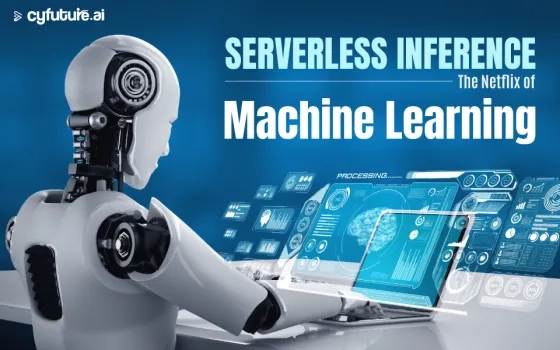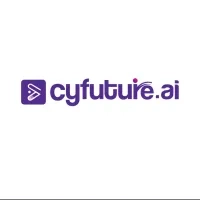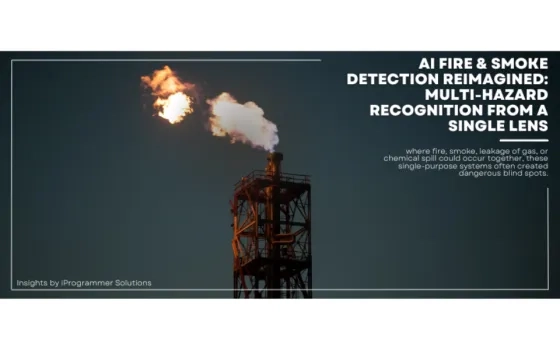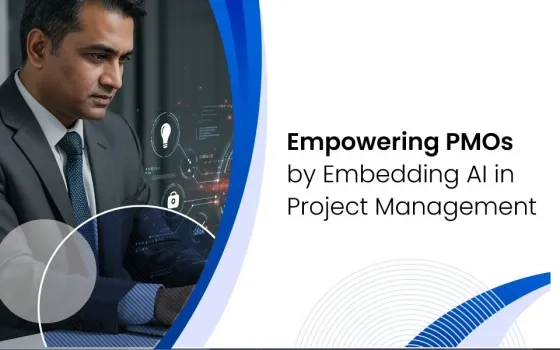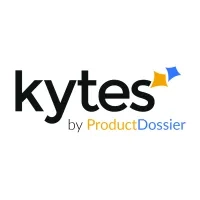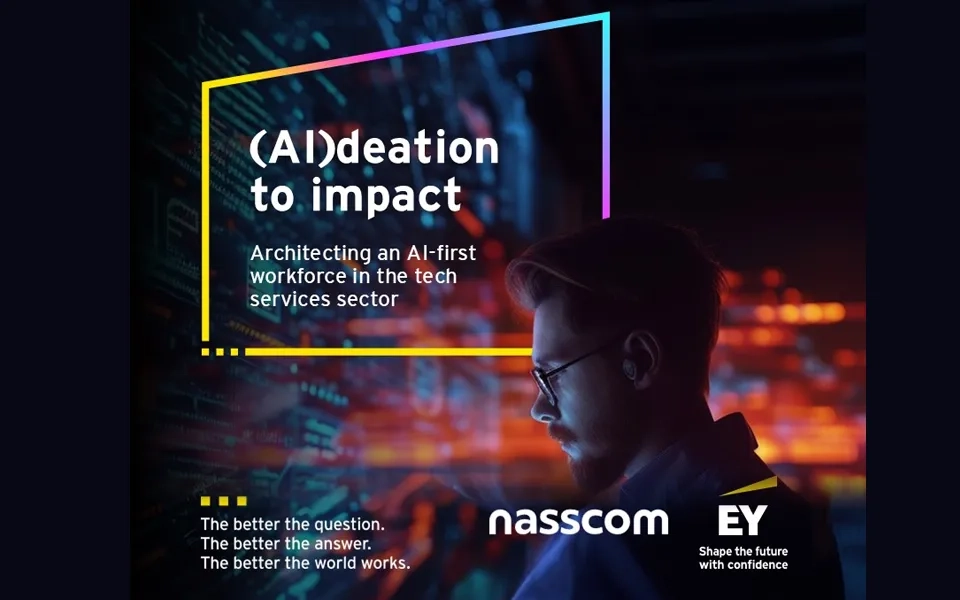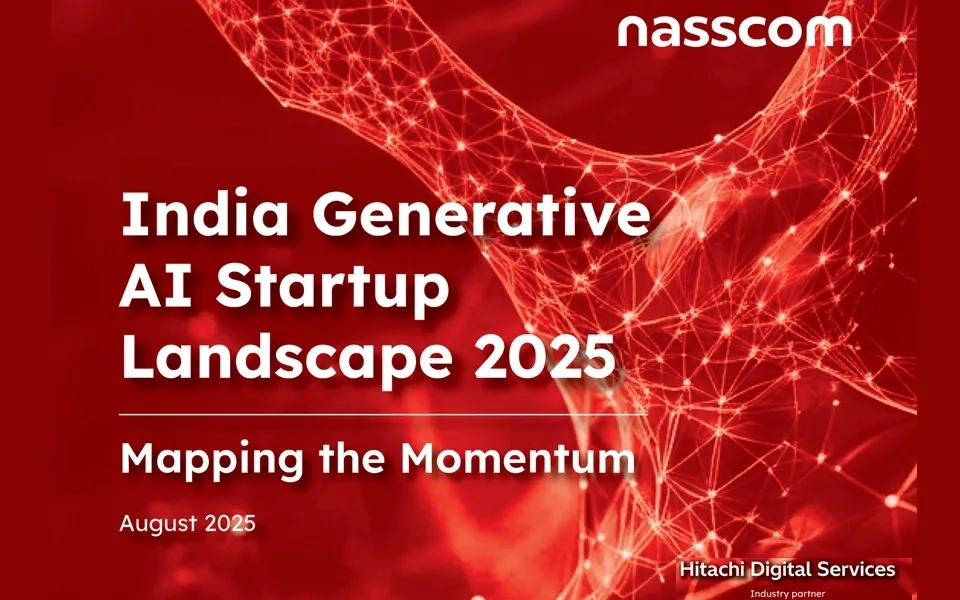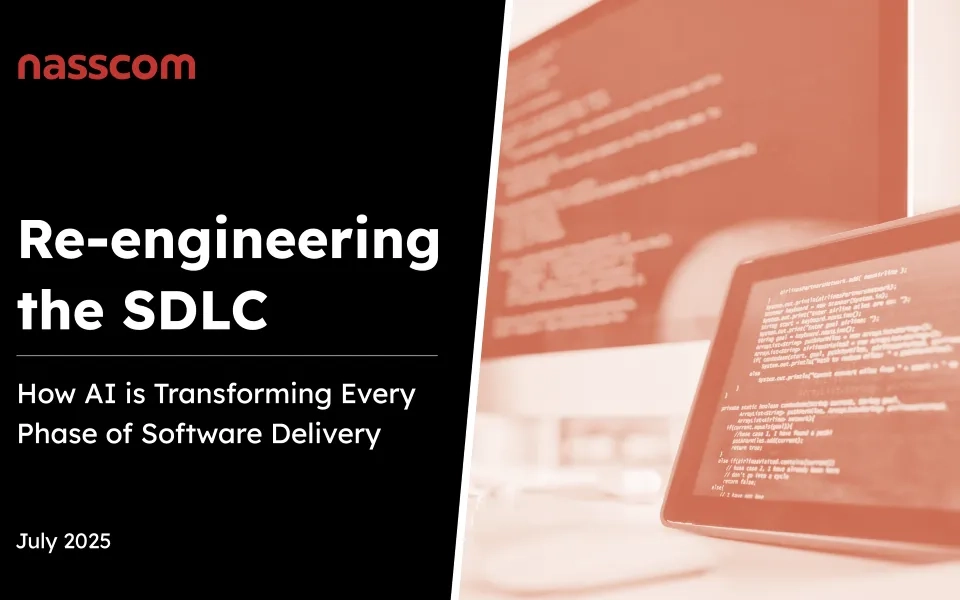It's 2007. Netflix revolutionizes entertainment by eliminating the need to own physical DVDs, introducing on-demand streaming that scales instantly to millions of users. Fast-forward to 2025, and we're witnessing a similar paradigm shift in machine learning infrastructure. Welcome to the era of serverless inference—where ML models are consumed like Netflix shows: instantly available, infinitely scalable, and priced only for what you actually use.
Just as Netflix transformed how we consume media by making it accessible anywhere, anytime, serverless inference is fundamentally reshaping how enterprises deploy and scale AI workloads. The numbers speak volumes: the global serverless computing market is projected to grow from USD 9.3 billion in 2023 to USD 41 billion by 2032, expanding at a CAGR of 20.6%, with AI and machine learning workloads driving significant adoption.
The Revolutionary Economics of Serverless ML
From CapEx Nightmares to OpEx Dreams
Traditional ML infrastructure resembles the old cable TV model—you pay for massive capacity whether you use it or not. Organizations typically provision GPU clusters for peak workloads, resulting in utilization rates as low as 20-30% during off-peak hours. This translates to millions in wasted compute spending annually for large enterprises.
Serverless inference flips this model entirely. AWS reports that using AWS Lambda can cut computing costs by up to 70%, while efficiency improvements in serverless platforms result in greater than 25% reduction in compute costs for most customers. For enterprises processing millions of inferences monthly, these savings compound dramatically.
Consider a financial services company running fraud detection models. Traditional infrastructure might cost $50,000 monthly for 24/7 GPU availability, despite peak usage occurring only during business hours. Serverless inference reduces this to $15,000-20,000 monthly, charging only when transactions are processed.
The Scale-to-Zero Advantage
Unlike traditional infrastructure that idles expensively, serverless functions scale to absolute zero when not in use. This "Netflix-like" behavior means your ML models consume resources only when serving actual predictions—similar to how Netflix streams content only when viewers are actively watching.
Technical Architecture: The Streaming Platform for AI
Microservices for Machine Learning
Just as Netflix decomposed monolithic applications into microservices, serverless inference breaks down ML pipelines into atomic, independently scalable functions. Each model becomes a discrete service that can be invoked, scaled, and updated without affecting the broader system.
Key architectural patterns include:
Function-per-Model: Each ML model runs as an independent serverless function, enabling granular scaling and resource allocation.
Pipeline Orchestration: Complex ML workflows are composed of multiple serverless functions, connected through event-driven architecture.
Model Versioning: A/B testing and canary deployments become trivial when each model version is a separate function.
Cold Start Optimization: The Buffer Management Challenge
The primary technical challenge in serverless inference mirrors Netflix's early buffering issues—cold starts. When a function hasn't been invoked recently, initialization latency can reach 5-10 seconds for large models. However, modern platforms are addressing this through:
- Provisioned Concurrency: Pre-warmed function instances for latency-critical applications
- Container Optimization: Specialized ML containers that reduce startup time by 60-80%
- Model Caching: Intelligent model loading and caching strategies
Microsoft Azure's recent introduction of serverless GPUs using NVIDIA A100 and T4 GPUs exemplifies how cloud providers are optimizing infrastructure specifically for AI workloads.
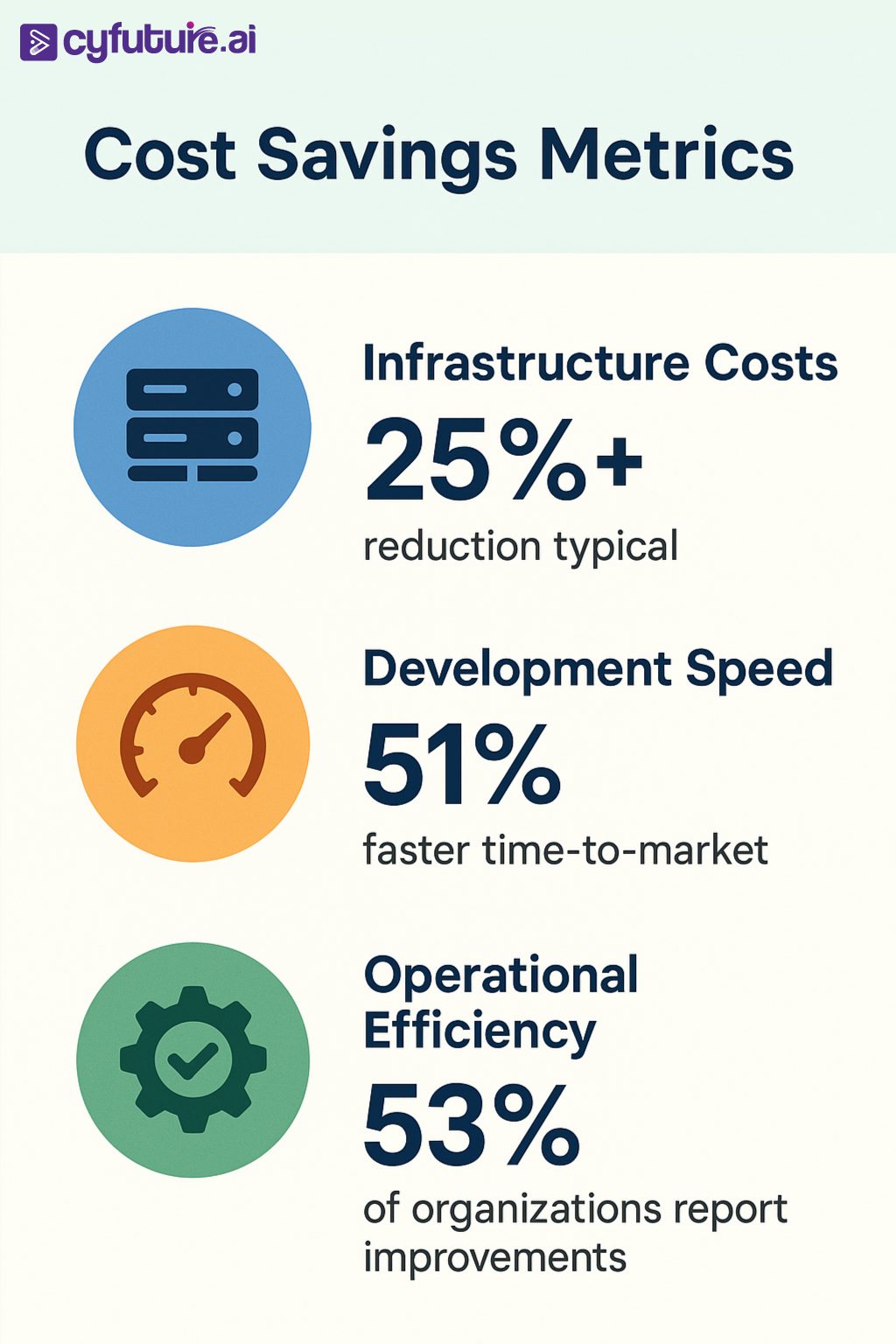
Enterprise Adoption: Case Studies and Success Stories
Financial Services: Real-Time Risk Assessment
A leading Indian bank transformed their credit scoring system using serverless inference. Previously, they maintained dedicated GPU clusters costing ₹2.5 crore annually for peak processing capacity. Post-migration to serverless:
- Cost Reduction: 65% decrease in infrastructure spending
- Scalability: Seamless scaling from 1,000 to 100,000 predictions per minute during loan application surges
- Time-to-Market: 51% quicker deployment of new risk models
E-Commerce: Dynamic Personalization
A major e-commerce platform leveraged serverless inference for product recommendation engines. During festival seasons, traffic spikes 10x, requiring dynamic scaling that traditional infrastructure couldn't match cost-effectively.
Results achieved:
- Elastic Scaling: Automatic scaling from 10,000 to 1 million inference requests per hour
- Cost Optimization: 70% reduction in recommendation system infrastructure costs
- Performance: Sub-100ms response times maintained even during peak traffic
The Technology Stack: Building Your Serverless ML Platform
Cloud Provider Ecosystem
AWS Lambda + SageMaker: Offers the most mature ecosystem with comprehensive ML tooling integration.
Google Cloud Functions + Vertex AI: Strong integration with BigQuery for data pipeline orchestration.
Azure Functions + ML Studio: Native integration with Microsoft's enterprise ecosystem.
Specialized Platforms: Emerging players like Modal, Beam, and RunPod offer ML-specific serverless platforms with GPU support.
Development Framework Evolution
Modern serverless ML frameworks abstract complexity while maintaining performance:
- Serverless Framework: Infrastructure-as-code for ML deployments
- AWS Chalice: Python-native serverless development for ML applications
- Zappa: Django/Flask applications seamlessly converted to serverless
- MLflow + Serverless: Model registry integration with serverless deployment
Performance Metrics: The Analytics Approach
Key Performance Indicators
Successful serverless inference implementations track metrics similar to streaming platforms:
Availability: 99.99% uptime across distributed functions Latency: P95 response times under 100ms for real-time inference Throughput: Auto-scaling to handle 10x traffic spikes within seconds Cost Efficiency: Cost-per-inference trending downward as scale increases
Monitoring and Observability
Enterprise-grade monitoring involves:
- Distributed Tracing: Track inference requests across multiple serverless functions
- Real-time Dashboards: Monitor function invocations, errors, and costs in real-time
- Predictive Scaling: ML-driven autoscaling based on traffic patterns
Strategic Implementation Roadmap
Phase 1: Assessment and Planning (Month 1-2)
- Audit existing ML infrastructure and costs
- Identify candidate models for serverless migration
- Establish baseline performance metrics
Phase 2: Pilot Implementation (Month 3-4)
- Deploy non-critical models to serverless platforms
- Implement monitoring and observability stack
- Optimize for cold start performance
Phase 3: Production Migration (Month 5-8)
- Migrate critical ML workloads with zero-downtime strategies
- Implement CI/CD pipelines for serverless ML deployment
- Scale monitoring and cost optimization practices
Phase 4: Advanced Optimization (Month 9-12)
- Implement advanced patterns like multi-cloud deployment
- Optimize cost through reserved capacity and spot instances
- Develop internal platforms and self-service capabilities
Challenges and Mitigation Strategies
Vendor Lock-in Concerns
Challenge: Deep integration with cloud provider services creates migration complexity.
Mitigation: Adopt multi-cloud serverless frameworks and containerized deployments that maintain portability.
Debugging and Development Complexity
Challenge: Distributed serverless systems are harder to debug than monolithic applications.
Mitigation: Invest in comprehensive logging, distributed tracing, and local development environments that mirror production.
Data Privacy and Compliance
Challenge: Serverless functions may process data across multiple geographic regions.
Mitigation: Implement data residency controls and encryption-in-transit for all inference requests.
Future Outlook: The Next Act
The convergence of several trends positions serverless inference as the dominant ML deployment paradigm:
Edge Computing Integration: Serverless functions deployed to edge locations for ultra-low latency inference.
Specialized Hardware: The global AI inference market projected to grow at CAGR of 17.5% from 2025 to 2030 will drive specialized serverless GPU offerings.
MLOps Standardization: Serverless-native MLOps tools will emerge, simplifying the development-to-deployment lifecycle.
Democratization of AI: Just as Netflix made entertainment accessible globally, serverless inference will make sophisticated AI capabilities available to organizations of all sizes.
Conclusion: Your Streaming Strategy for AI
Serverless inference represents more than a technological shift—it's a fundamental reimagining of how enterprises consume AI capabilities. Like Netflix's transformation from DVD rentals to global streaming dominance, organizations that embrace serverless inference will gain competitive advantages in cost efficiency, scalability, and time-to-market.
The question isn't whether to adopt serverless inference, but how quickly you can implement it strategically. With the serverless computing market growing at 22.20% CAGR, early adopters will establish technological and economic moats that become increasingly difficult for competitors to overcome.



